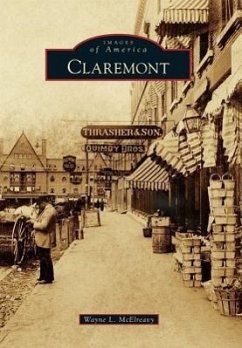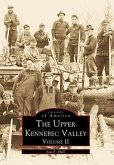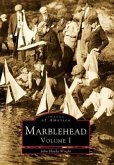Chartered by Gov. Benning Wentworth in 1764, Claremont received its name from the English estate of Claremont, home of the Earl of Clare. The town was known in early years for its fertile farmland along the Connecticut River, and mills sprang up along the Sugar River after the War of 1812 and following the formation of the Sunapee Dam Company. Numerous inventions by locals, such as John Tylers iron turbine waterwheel, an important advance in harnessing waterpower, helped fuel Claremonts evolution from a farming community to a textile mill town. Albert Ball, whose patents included the diamond core drill, revolutionized the mining industry. Once known as the Shoppers Town, Claremont enjoyed a period of prosperity as the industrial, commercial, and social center of western New Hampshire. Today, still reeling from the loss of industry in recent decades, Claremont is making steps to revitalize itself. The Monadnock Mills Revitalization Project, which brought the Common Man Inn & Restaurant to Claremont, and other projects are helping to once again make the community a travel destination.








